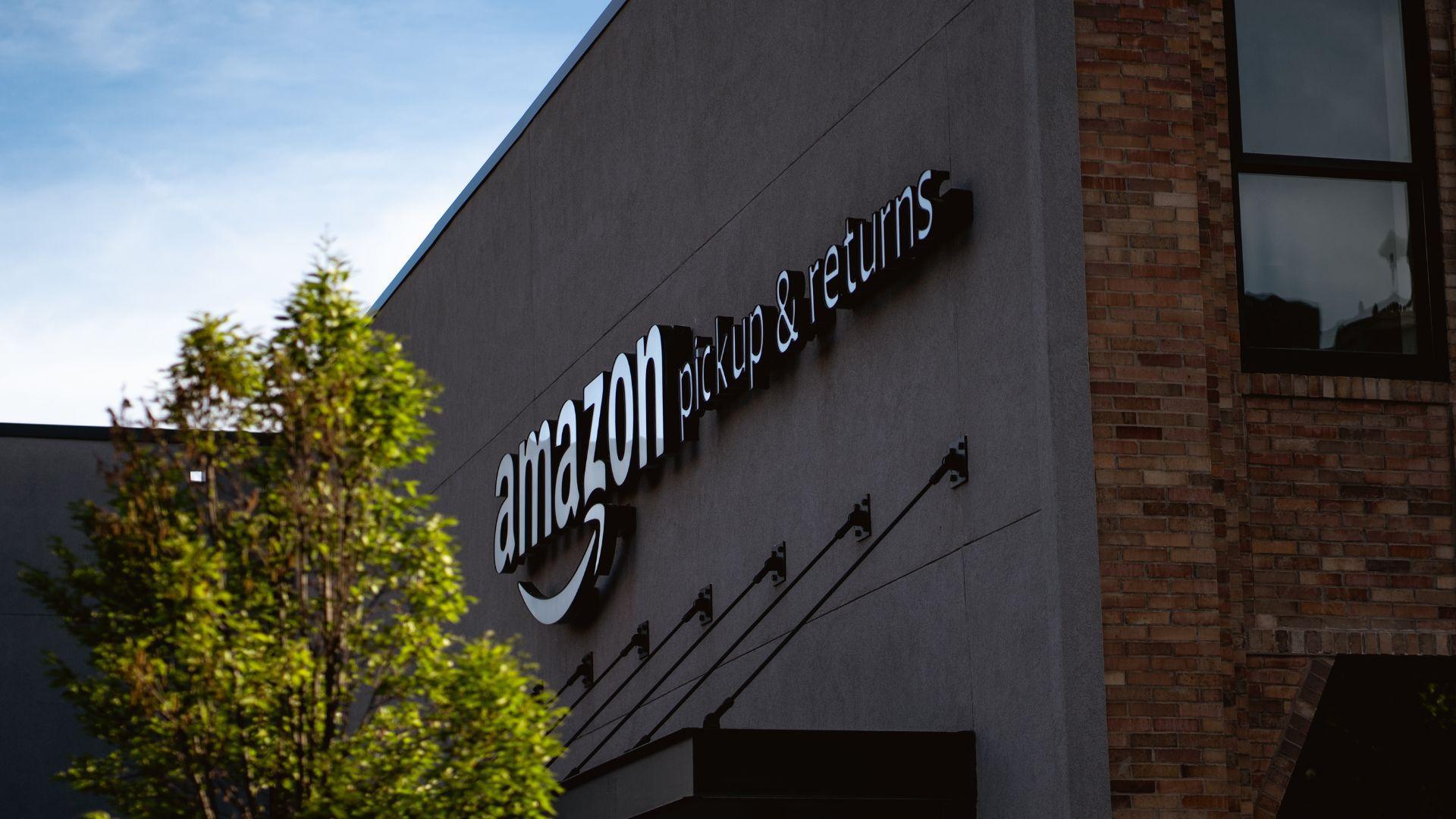Historically, American consumers have enjoyed the luxury of returning purchases without additional costs, but this is changing as retailers are starting to charge fees for returns, impacting their bottom lines.
CNN reports major retailers like Amazon, Macy’s, Abercrombie, J. Crew, and H&M have introduced shipping fees for mail-in returns. This change reflects a broader trend in the retail industry as companies adapt to new financial pressures.
Widespread Adoption of Return Fees by Retailers

A significant majority of merchants, accounting for 81%, have started imposing fees for at least some methods of returns.
This information, provided by Happy Returns, a company specializing in returns logistics, highlights a major shift in the retail industry. The change is not confined to traditional mall brands; it extends to online shopping giants as well, illustrating a widespread industry adjustment.
Amazon Introduces New Policies on Returns

According to CNN, Amazon, a leading figure in online retail, has initiated policies that impose a $1 fee for returning items to a UPS store when there’s a closer Whole Foods, Amazon Fresh grocery store, or Kohl’s, as per their partnership deal.
This move is part of Amazon’s broader strategy to manage the high volume of returns and their associated costs. The company is also identifying and flagging “frequently returned” products on its website, as stated by a spokesperson for Amazon.
Rising Trend in Product Returns

The rate of product returns has seen a substantial increase in recent years, particularly with the growth of online shopping.
According to data from the National Retail Federation, customers returned nearly 17% of all merchandise bought in 2022, amounting to $816 billion. This figure represents a significant increase from the 8% return rate reported in 2019, indicating a changing consumer behavior in the digital shopping era.
The Costly Process of Handling Returns

For retailers, handling returns involves several costs, including shipping fees and the potential markdown of goods to resell them. The returns process often results in a reduction of profit margins for the company.
When products are returned, they may end up back in retailers’ warehouses or on shelves, but at a reduced price, which impacts the profitability of these businesses.
Environmental Impact of Product Returns

CNN Business reports that returned products often face an uncertain future, with many ending up in liquidation warehouses or landfills. This poses a significant environmental concern.
The increase in the volume of returns not only affects the financial aspects of retail businesses but also raises questions about the sustainability and environmental impact of current consumer practices.
Retailers Encouraging Customers to Keep Returns

CNN also reports that in some instances, retailers are advising customers to keep their returned items, particularly in the case of bulky or low-priced products like furniture, home décor, baby chairs and kitchen appliances.
Such a strategy is often more cost-effective for retailers than covering the return shipping costs.
Holiday Spending Trends

Despite changes in return policies, American consumer spending during the holiday season has continued to grow, albeit at a slower pace.
Data from Mastercard SpendingPulse shows a 3.1% increase in retail sales from Nov. 1 to Dec. 24 compared to the same period in the previous year.
Adapting to Changes in Return Policies

Consumers are adapting to the new landscape of return policies, where free returns are becoming less common.
The change in returns policies calls for a more careful approach to online shopping, with an emphasis on ensuring that the products purchased meet expectations. The shift in return policies is leading to a change in consumer behavior, encouraging more thoughtful purchasing decisions.
Retailers Balancing Customer Satisfaction and Costs

Retailers are navigating the challenge of balancing customer satisfaction with the financial realities of running a business.
The increase in return rates has compelled them to adjust their policies. These changes are driven by the need to maintain financial health while also attempting to provide satisfactory customer experiences.
The Evolving Landscape of Online Shopping

The online shopping experience is evolving in response to changing retail practices, particularly in the area of returns.
Research from Threekit suggests that this evolution is expected to lead to innovations in how products are presented and sold online, potentially including more accurate product descriptions and virtual try-on experiences.
Future Implications for Retail

The retail industry is undergoing significant changes, particularly in how returns are handled. This shift has implications for both retailers and consumers, potentially leading to more sustainable practices and innovative shopping experiences.
The future of retail and consumer behavior is likely to continue evolving in response to these changes, marking a new chapter in the relationship between consumers and retailers.
